.jpg)
.png)
A comparison of the Chêneau and Sforzesco braces
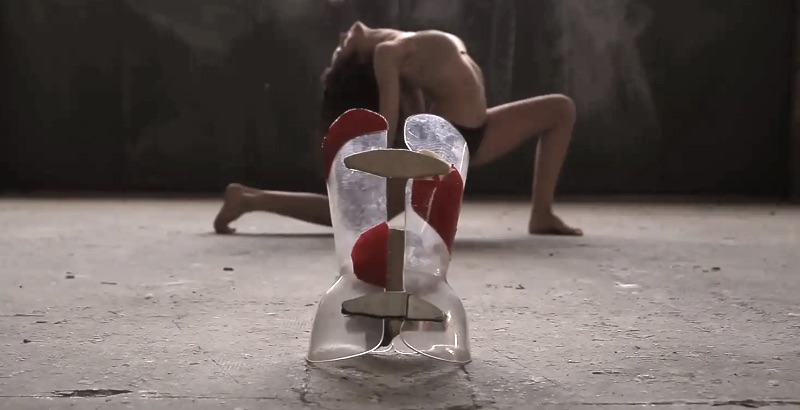
Unfortunately, it has become common to think of braces in the same way as we do for drugs. But before we go any further, we need to make one thing clear: whereas we all know that aspirin is not the same as paracetamol, in the case of a brace, the name doesn't really mean anything specific.
A brace is a product that is made to measure for the individual patient, and therefore the success of bracing treatment depends not on the name of the brace, but on how correctly it has been constructed for the particular patient.

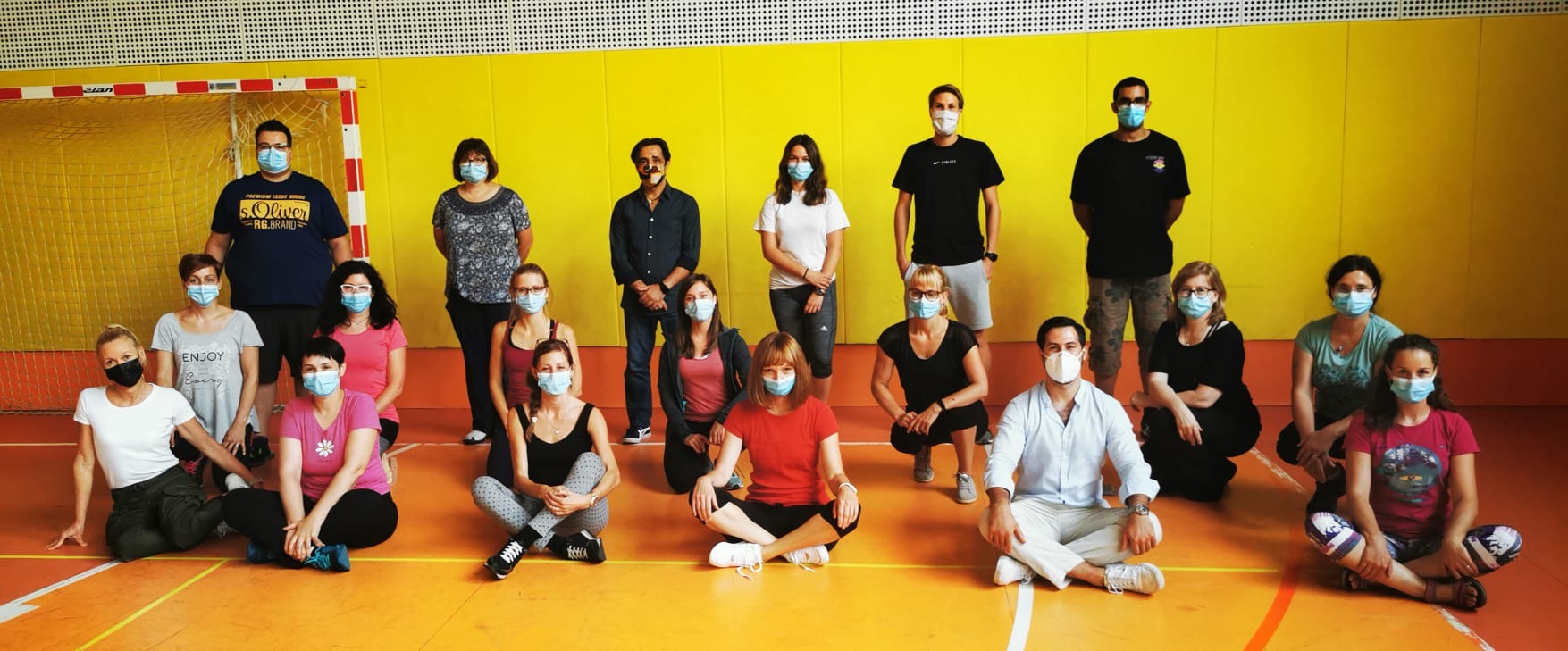
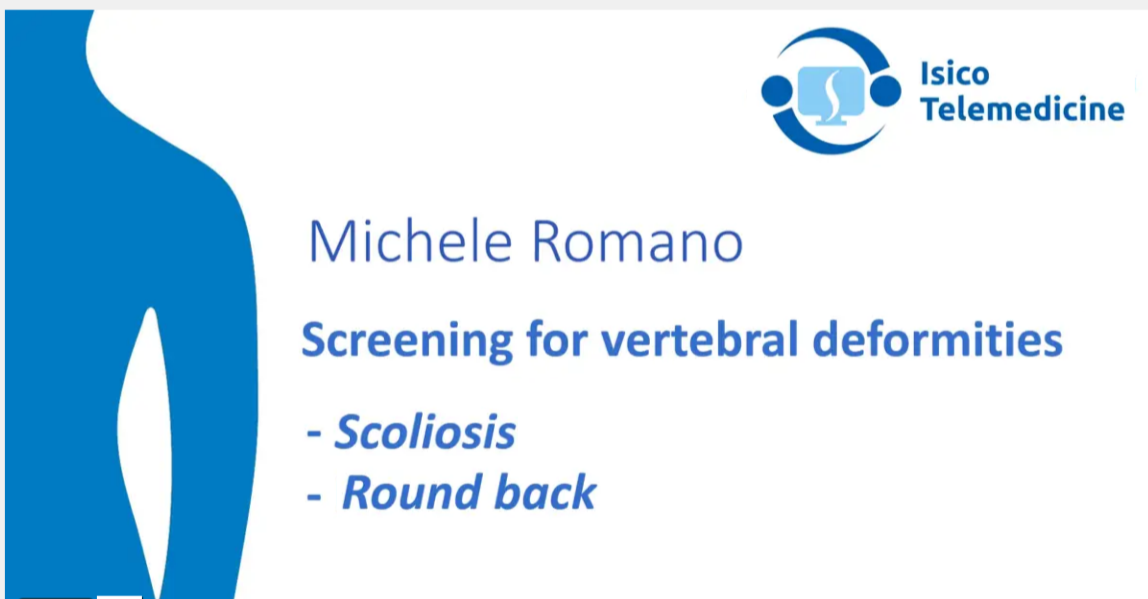
SEAS:
partial resumption of the courses
Our SEAS courses have not yet been able to restart in full due to the Coronavirus emergency.
At the end of August, however, we managed to be present in Slovenia where Michele Romano, director of physiotherapy in Isico, held a first-level course: about twenty participants were allowed to participate...
Now screening comes online!
Isico launches online screening.
Just connect to the website screening.isico.it and you can perform a quick and simple assessment and check whether, with respect to pathologies such as scoliosis or curved back, it is appropriate to carry out a specialist medical visit that investigates further.
The idea has had a further stimulus thanks to the departure of Telemedicine..
World Master: ready, steady, go!
Since the first edition had been launched in 2016, our World master online course has seen 162 participants coming from 45 countries and five continents.
On the strength of these data and the feedback received, the sixth edition of the Isico annual distance-learning course providing specialist training in the "Principles and Practice of Scoliosis Conservative Treatment (PPSCT) " is going to take off in January 2021.
Participants registering within the coming month of December will benefit from an early-bird reduced fee.
Find out more about the course, have a look at the program and the faculty of the current edition 2020, besides you can watch as well a free sample lesson: www.scoliosismaster.org
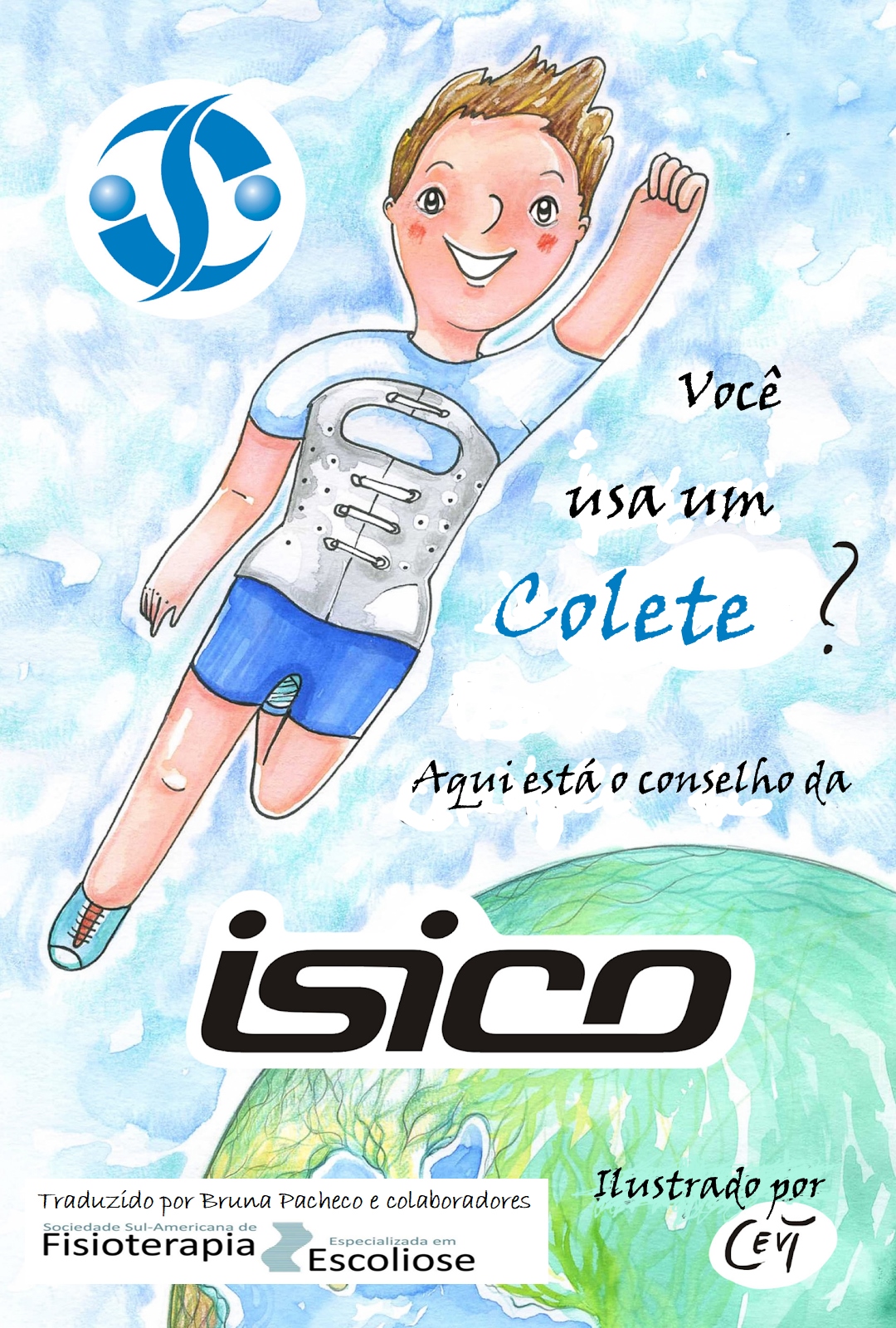
Portuguese edition - Just printed!
Following the English and Bulgarian editions, we are happy to announce the Portuguese translation of the booklet published by Isico "Do You Wear a brace? Here is Isico's Advice". The translation was made possible thanks to the collaboration with the South American Society of Physiotherapy Specialized in Scoliosis available at www.tratandoescoliose.com.br, and soon they will prepare the Spanish version as well.
The Isico booklet, which is part of a series of manuals for patients, from the youngest to the oldest, includes a series of answers to many questions.
How should a brace be worn? Who should I contact if my brace breaks?
How do I know how many hours I can leave it off? Can I swim and bathe in it?
Would you also like to have an edition in your language?
Well, do not hesitate to contact us for information on how to do it!


School benches and sitting position:
a risk for the spine?
The sitting position causes the same consequences in the child, enhanced in intensity, that it causes in adults. In fact, the spine is not designed to remain for long in a sitting position i.e. bent forward, with an inversion of the normal curvature, lordosis, that we all have in the lower back.
This develops "suffering" of the structures, which need relief through the frequent change of position, both to avoid minor damage and to avoid a real "asphyxia" due to lack of oxygenation.

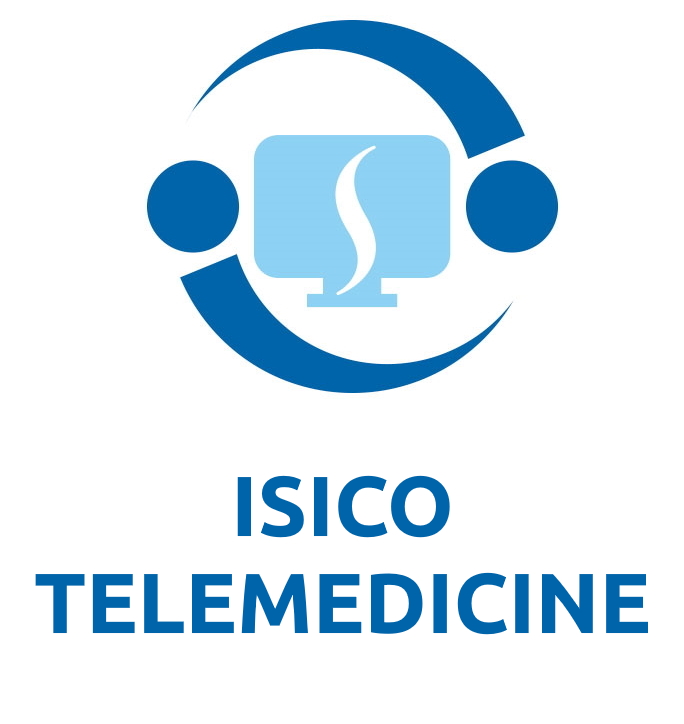
Isico Telemedicine described in a recently published article
ISICO's use of the telemedicine approach during the COVID-19 emergency and the data collected in relation to that experience are the focus of a new article by our team, Feasibility and acceptability of telemedicine to substitute outpatient rehabilitation services in the COVID-19 emergency in Italy: an observational everyday clinical-life study, which has just been published in Archives of Physical Medicine and Rehabilitation.

Can we predict the behavior of the scoliotic curve after bracing in adolescent idiopathic scoliosis? ?he prognostic value of apical vertebra rotation
Eustathios Kenanidis, Theodosios Stamatopoulos, Kleoniki Athanasiadou, Aikaterini Voulgaridou 3, Stavros Pellios, Panagiotis Anagnostis, Michael Potoupnis, Eleftherios Tsiridis
Spine Deformity, 2020 - DOI: DOI: 10.1007/s43390-020-00184-4

HOW OFTEN SHOULD A BRACE BE CHANGED?
Receiving their first brace is a key moment in the treatment of youngsters affected by spinal deformities.
Surprising as it may seem, some youngsters even grow quite attached to their first brace as, over the weeks and months, it starts to become a part of their daily life and less of a problem. This "friend", which they sometimes find irritating, especially early on, gradually feels less and less bulky, and in fact there will eventually come a point when it is too small.
After all, while the brace stays the same, the youngster inside it grows of course!
For this reason, a new brace will be needed from time to time.


- November 12-13 - 14th International Congress on Early Onset Scoliosis | Rome, Italy
- November 09-10 - 15th Global Summit and Expo on Orthopedics and Rheumatology | Amsterdam, Netherlands

Podcast and Webinars not to be missed
Worthful links
- ISSLS Webinar Prize Winners
- SRS Podcast First episode Deformity Dialogues
